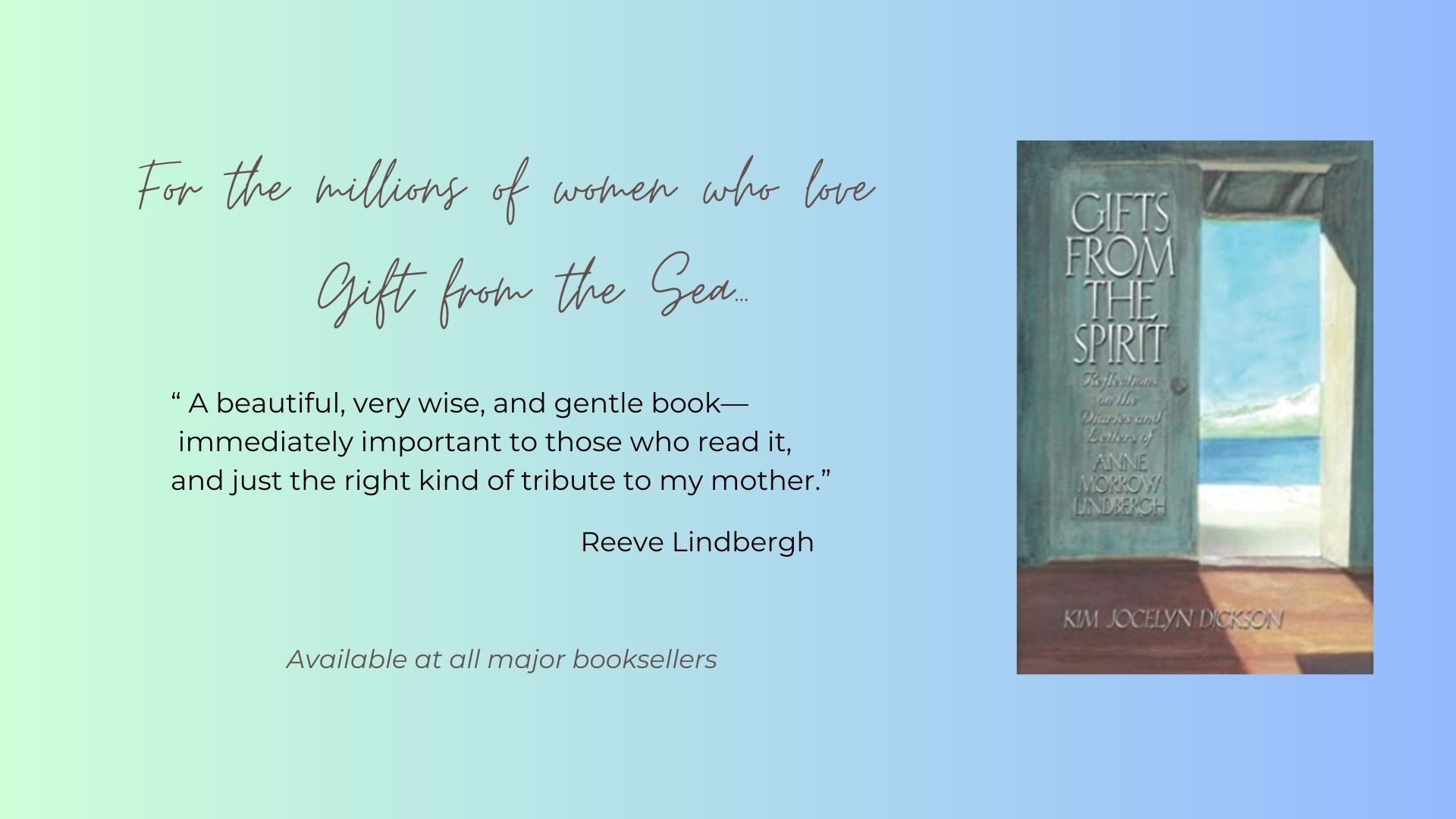 What price gooey butter cake? I found out last month at my school’s annual benefit and fundraiser.
What price gooey butter cake? I found out last month at my school’s annual benefit and fundraiser.
Every year teachers are invited to offer “experiences” to raise money for various programs at our independent school. Imaginative offerings run the gamut from after school Zumba classes to splashy high ticket items that are usually put up for bid at live auction. They have titles like “Disneyland with Your Teacher, 2 Friends, and All the Churros You Can Eat!” or “Limo Trip to the American Girl Doll Store for High Tea with Your Teacher and 3 Friends!”
What did I have to offer? I racked my brain for inspiration. I felt a bit like the little drummer boy without the frankincense, gold, or myrrh. I had no Disneyland season pass upon which to draw. And I’d raised a boy, so I didn’t know from the American Girl store.
What is it that students really want? I asked myself. And then the answer came to me. They want gooey butter cake.
Each fall when I teach my fifth grade students how to write the dreaded opinion essay, I draw them in by way of their stomachs. I model the classic five paragraph structure with my own topic, “My Favorite Dessert.” Once they write their essays, I bake a gooey butter cake and bring it to class for them to sample. They swoon. They rhapsodize. And they beg for more.
If you’re not from St. Louis, you may not be familiar with this simple, yet irresistible confection made from cake mix, eggs, butter, cream cheese, and powdered sugar. If you are from St. Louis, no explanation is required.
Two weeks before this year’s benefit, I donned my chef’s hat, took up my wooden spoon, and made my pitch during morning chapel. A dramatic PowerPoint presentation, “The Gooey Butter Cake Story,” recounted the legend of how it came to be–by accident of course, as all great discoveries seem to–during the Great Depression in St. Louis. I reminded my current and former students that this delectable treat could be found all over my hometown, but NOWHERE in southern California. That seemed to clinch it.
A parent reported to me afterward that her son predicted my gooey butter cake would “…go for thousands!” and urged her to get there early.
The event organizers apparently weren’t clued in to the word on the street, so put it up for silent bidding with the option to purchase outright for $200. As instructed, my student’s mother got there early and snapped it up.
I wasn’t able to attend, but heard that there were quite a few disappointed people. The gooey butter cake was the talk of the evening. I was proud of my hometown. SoCal wants St. Louis gooey butter cake! Next year? Live auction!



